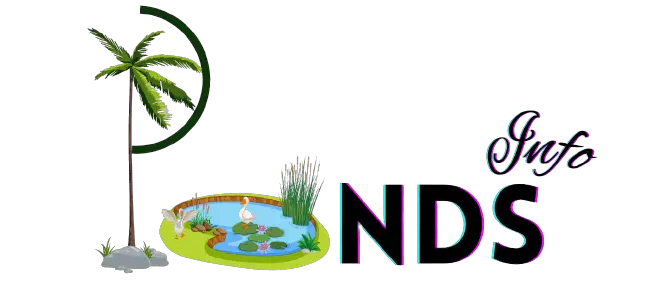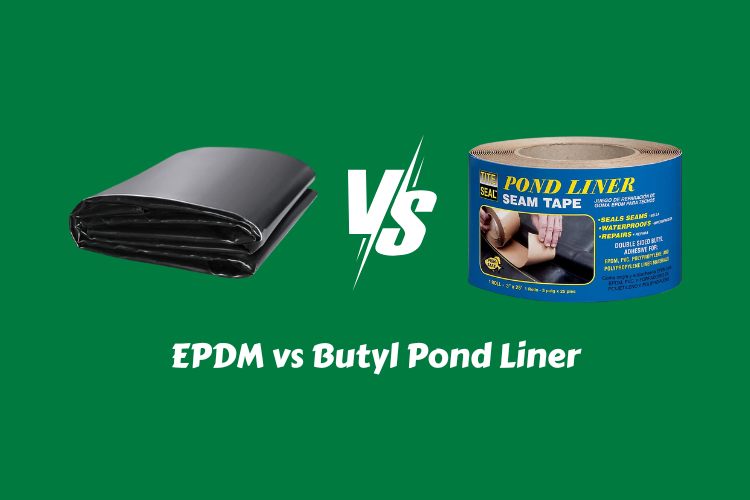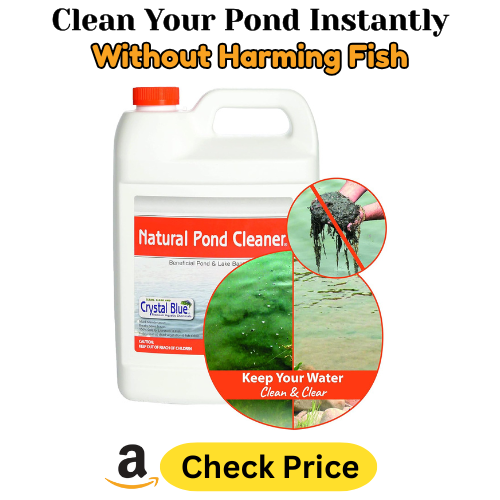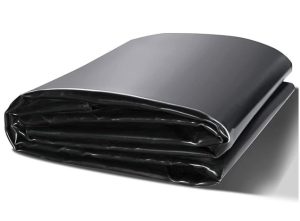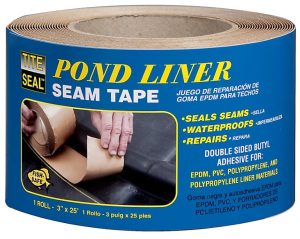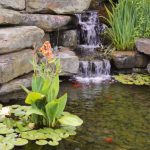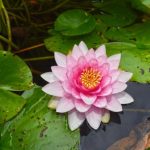A pond liner acts as the backbone of any garden or backyard pond. EPDM and butyl liners dominate the market, yet each offers unique benefits that can make the decision tricky. EPDM, a synthetic rubber, earns praise for its flexibility and resistance to extreme temperatures.
Its ability to stretch allows easier installation around curves and corners, reducing wrinkles and gaps. Butyl liners, another type of synthetic rubber, boast exceptional durability and longevity. Their thicker composition provides robust resistance against punctures and tears, making them ideal for larger or heavily stocked ponds.
Cost, ease of installation, and environmental conditions often influence the final choice. Understanding how each liner performs under different circumstances helps pond owners prevent leaks, maintain water quality, and extend the lifespan of their investment.
Comparing EPDM and butyl liners side by side highlights which material aligns best with specific pond needs and long-term goals.
EPDM Pond Liner vs Butyl Pond Liner
Ponds bring life and beauty to any garden. Fish swim freely, aquatic plants grow, and water features shine. The right pond liner keeps water in and soil out. It protects fish and plants. EPDM and Butyl are two popular choices.
Both work well, but each has its strengths and weaknesses. Understanding their differences helps you pick the best liner for your pond.
VEVOR Durable EPDM Pond Liner
Product Details
EPDM pond liners keep fish safe. They stop water and soil from leaking. This protects water resources and creates a healthy pond environment. You can also add plants, rocks, and wildlife to improve the pond’s look. The liner is 45 mil thick, measuring 20′ x 25′.
It resists punctures and tears from sharp rocks or roots. It gives a flat surface and reduces soil buildup, making pond cleaning faster. EPDM liners are made from high-quality material. Sunlight does not cause cracks or splits, so the liner lasts for years.
The material is flexible and easy to shape, fitting almost any pond. Installation is simple, with no tools needed. The liner suits water gardens, waterfalls, fish ponds, and more. Extra material can be trimmed after installation.
Features
-
45 mil thick and durable
-
Flexible and pliable for any pond shape
-
Resists cracking, splitting, and aging
-
Flat surface reduces cleaning time
-
Natural look for water features
-
Tool-free installation
What is Good?
-
Long-lasting under sunlight
-
Easy to shape and install
-
Protects fish and water
-
Supports plants and pond decorations
-
Reduces maintenance time
What is Bad?
-
Slightly higher price than other liners
-
Requires accurate measurement before purchase
-
Large liners can be heavy to handle
Overall Opinion
EPDM liners provide strong, long-term protection for ponds. Their flexibility and durability make them ideal for all types of water features. They are worth the investment for a healthy, beautiful pond.
Cofair Butyl Pond Liner
Product Details
Cofair pond seam tape is made from rubber. It comes in a 25 ft roll with a self-adhesive, double-sided surface. The tape is waterproof and designed for EPDM, PVC, polypropylene, and similar liners.
It seals seams, keeping liners connected and preventing leaks. This product is especially useful when combining multiple liner pieces or repairing small tears.
Features
-
25 ft self-adhesive roll
-
Double-sided for strong bonding
-
Waterproof and durable
-
Works with multiple liner materials
-
Ideal for sealing seams
What is Good?
-
Easy to apply without special tools
-
Provides strong seam protection
-
Compatible with many liner types
-
Prevents leaks effectively
-
Simple for repairs and installation
What is Bad?
-
Only used for seams, not as a full liner
-
Tape can fail if surfaces are dirty
-
Not a replacement for a thick, protective liner
Overall Opinion
Butyl seaming tape is a practical solution for sealing and repairing pond liners. It works best with EPDM liners to extend their life and ensure water stays inside the pond.
Details Comparison for EPDM vs Butyl Pond Liner
EPDM liners provide full protection for ponds. They cover the entire pond surface and resist damage from sunlight, rocks, and roots. Butyl tape, on the other hand, does not replace the liner. It seals seams or fixes minor leaks.
EPDM is flexible, durable, and ideal for all pond shapes. Butyl tape is simple to use and strengthens existing liners. Many pond owners combine both: a thick EPDM liner with Butyl tape for extra seam security.
Cost and purpose differ. EPDM requires a larger upfront investment but lasts longer. Butyl tape is affordable and practical for maintenance.
FAQs
1. Can EPDM liners be used for koi ponds?
Yes, EPDM liners are safe for koi and other fish. They do not release harmful chemicals.
2. How long does an EPDM liner last?
EPDM liners can last 20 years or more if installed correctly.
3. Is Butyl tape waterproof?
Yes, Butyl tape is fully waterproof and seals seams effectively.
4. Can Butyl tape be used with PVC liners?
Yes, it works with EPDM, PVC, and other common liner materials.
5. Do I need tools to install EPDM or Butyl tape?
No tools are required. EPDM liners are flexible and lay flat. Butyl tape is self-adhesive.
Conclusion
EPDM pond liners and Butyl seaming tape serve different but complementary purposes. EPDM provides complete pond protection with flexibility and durability. Butyl tape strengthens seams and fixes leaks.
Combining both ensures a secure, long-lasting pond. EPDM liners are perfect for creating a healthy environment for fish, plants, and wildlife, while Butyl tape adds peace of mind for any seams or repairs.
